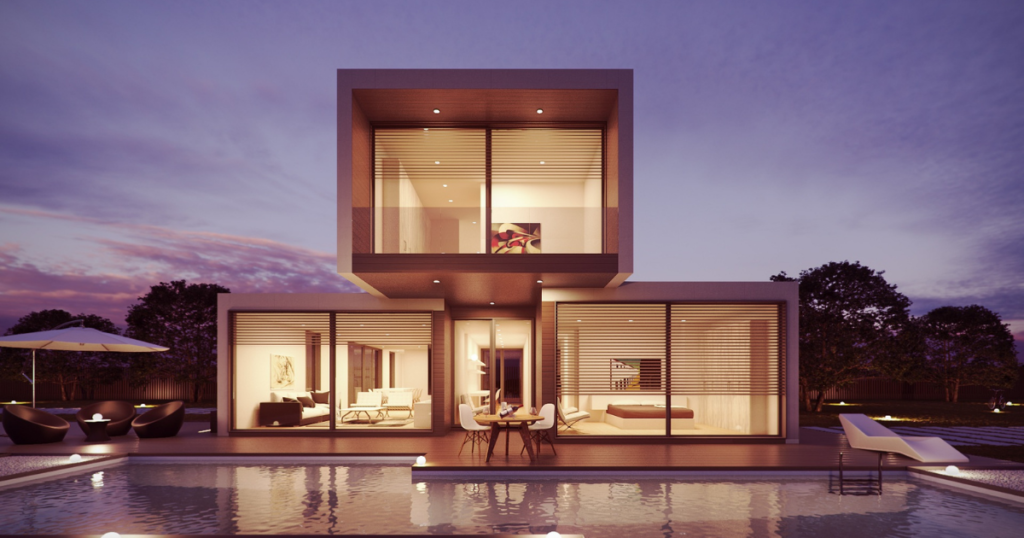The rise of modular construction: the pros and cons of modular builds and how to reduce your risk
Modular construction is on the rise, and it’s not just for small-scale builds anymore. In 2016 the first modular skyscraper—made from 930 prefabricated units—opened its doors to residents in Brooklyn, New York. Research suggests the modular construction industry will continue to grow by nearly 6 percent between 2020 and 2025.
Why is modular construction becoming a trend? Contractors cite the perks of a controlled building environment, significant cost savings, and shorter build times. But like any project, prefab construction brings along its own unique challenges. In this article, we’ll take a closer look at the pros and cons of modular construction and share strategies that could help reduce your risk when taking on a modular build.
Four benefits of modular construction
1. It’s fast.
Because the majority of the building happens off site, modular construction is significantly faster than traditional builds. Construction of the modules can happen concurrently to on-site building, which cuts down build times considerably. The factory environment and standardization of the build also mean contractors can take advantage of automation to speed up build time drastically and avoid weather delays or on-site changes that slow down the project. According to McGraw Hill, modular construction cut down build times for 66 percent of building professionals, with nearly 35 percent reporting that they saved more than a month on a single project.
2. It’s more environmentally friendly.
Creating modules in a factory environment cuts down construction site waste significantly because it is more controlled, more automated, and more flexible. Construction companies don’t have to worry about damage to materials from poor air quality or weather. They can even refurbish modules that are damaged or no longer in use. The same research by McGraw Hill shows that 77 percent of contractors reduced waste by switching to modular construction.
3. It’s safer for workers.
Indoor construction environments are typically less hazardous than their traditional, outdoor counterparts—and that’s good news for construction workers. In a factory environment, workspaces can be designed ergonomically to reduce regular wear and tear on the body. The controlled environment means better air quality, access to tools, lighting, and more.
4. It’s cost-effective.
One of the biggest perks of modular construction is cost-effectiveness. With less waste, a more efficient building process, and greater reliance on automation, modular builders save money on materials and labor. And the factory environment reduces the risk of theft and vandalism on project sites, saving even more money and time. McGraw Hill reports that 41 percent of builders lowered their costs by as much as 6 percent by shifting to a modular model.




















































